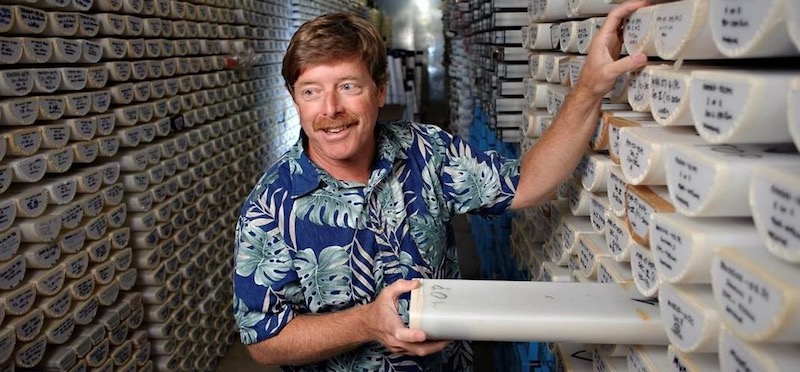
2023-02-18 Chris Goldfinger — The Next Great Cascadia Earthquake – How Did We Get Here?
Dr. Chris Goldfinger, explored the relation of offshore turbidites to the paleoseismic record of the Cascadia subduction zone. During this presentation, Chris described that submarine paleoseismology is a multidisciplinary science that allows us to reconstruct earthquake histories extending back thousands of years. He provided information on the use of a variety of techniques, many originally developed for petroleum exploration, to study earthquake-generated submarine deposits (turbidites). By correlating these deposits over broad areas and examining their sedimentological characteristics, we gain insight into recurrence intervals, fault rupture lengths, event clustering, long-term strain histories, paleo-slip characteristics, and interactions between faults. He compared turbidite… Read more2023-02-18 Chris Goldfinger — The Next Great Cascadia Earthquake – How Did We Get Here?

2023-03-15 KPTZ Interview with David B. Williams, prelude to Seattle’s Geologic Secrets
Nan Evans of KPTZ and Seattle Naturalist David Williams, discussed “A Sense of Place – What is it?” This is a prelude to David’s March 18th lecture entitled “Secrets of Seattle Geology—Connections of the human story and the geology story.” The interview was delivered for Nature Now, a weekly radio broadcast on KPTZ 91.9 MHz. The interview was recorded as a MP3 file and broadcast three times preceding David’s March 18, 2023 lecture for the Quimper Geological Society: Show #610: David Williams—A Sense of Place: What does that mean? Broadcast on March 15 at 12:30 PM; March 16at 5:30 PM;… Read more2023-03-15 KPTZ Interview with David B. Williams, prelude to Seattle’s Geologic Secrets
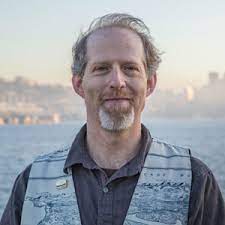
2023-03-18 David B. Williams—Secrets of Seattle’s Geology: Connections of the human story and the geology story
The Lecture. Unlike many regions in the country, the Seattle area is constantly reminded of its geologic past, present, and future. Whether it is our landslides, our glacier-carved topography, or our volatile volcanoes, this area’s geologic history is young, dynamic, and accessible. In this talk, David explained why we can blame California for some of our geo hazards, how coal influenced our economic development, and why it’s harder to travel east/west than north/south throughout the area. Denny Hill, Seattle, 1910 The Lecturer. David B. Williams is an author, naturalist, and tour guide whose award-winning book, Homewaters: A Human and… Read more2023-03-18 David B. Williams—Secrets of Seattle’s Geology: Connections of the human story and the geology story
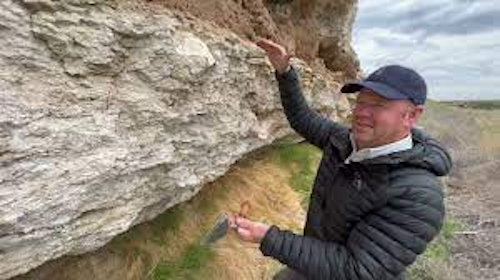
2023-04-29 Skye Cooley: Calcrete and Soil-Climate Evidence
The Lecture: Soil-climate evidence for timing of the Cascade uplift and creation of its rain shadow Calcrete is a CaCO3-rich hardpan paleosol that forms in dry, stable landscapes of the world. Calcrete in eastern Washington cements a 20-m-thick interval across three geomorphic domains: Palouse Hills, Channeled Scablands, and Yakima Fold Belt. The sheet-like calcrete deposit encloses ancient Scabland flood gravels and defines a regional paleosurface that has been bent and broken by Quaternary faults. Calcrete overprints primarily lowland alluvial deposits (ancestral Columbia-Snake River floodplain) and basaltic alluvial fan gravels shed from fault-bounded ridges. Thick layers of pedogenic carbonate accumulated during… Read more2023-04-29 Skye Cooley: Calcrete and Soil-Climate Evidence
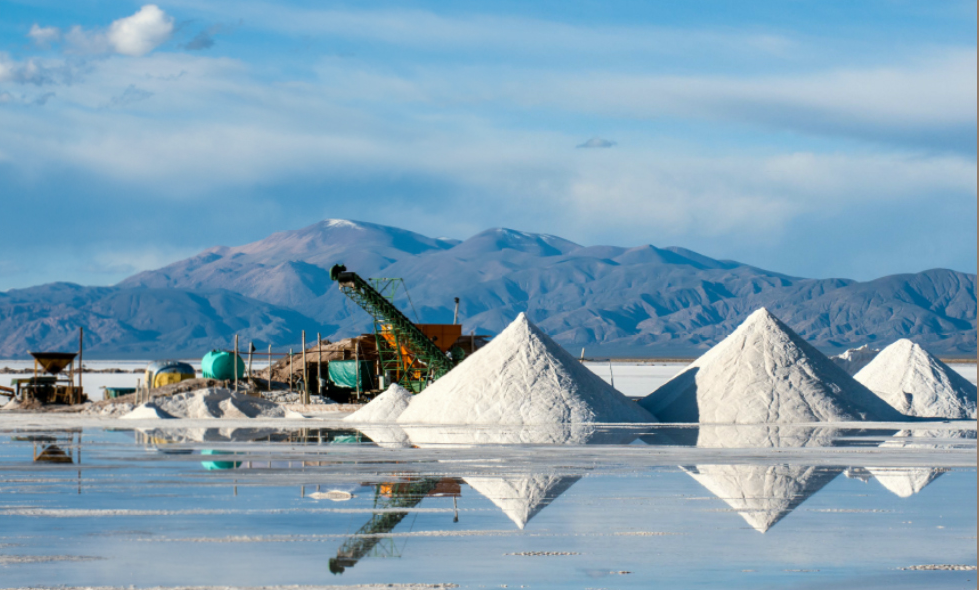
2023-05-13 Vince Matthews — Global Scramble for Natural Resources
Vince Matthews, former director of the Colorado Geological Survey and now a consulting geologist in Wisconsin, spoke on the Global Scramble for Natural Resources. This was a ZOOM broadcast Saturday, May 13, 2023. The Lecture During the 1990s, the world’s most populous nations—China and India–were unleashed from Communist and Socialist regimes, respectively. The first decade of the 21st Century saw China’s GDP grow at more than 10 percent per year and India’s at 7-9 percent. Both are drastically increasing their use of all natural resources. Although they have resources of their own, they are insufficient to meet their internal demand…. Read more2023-05-13 Vince Matthews — Global Scramble for Natural Resources
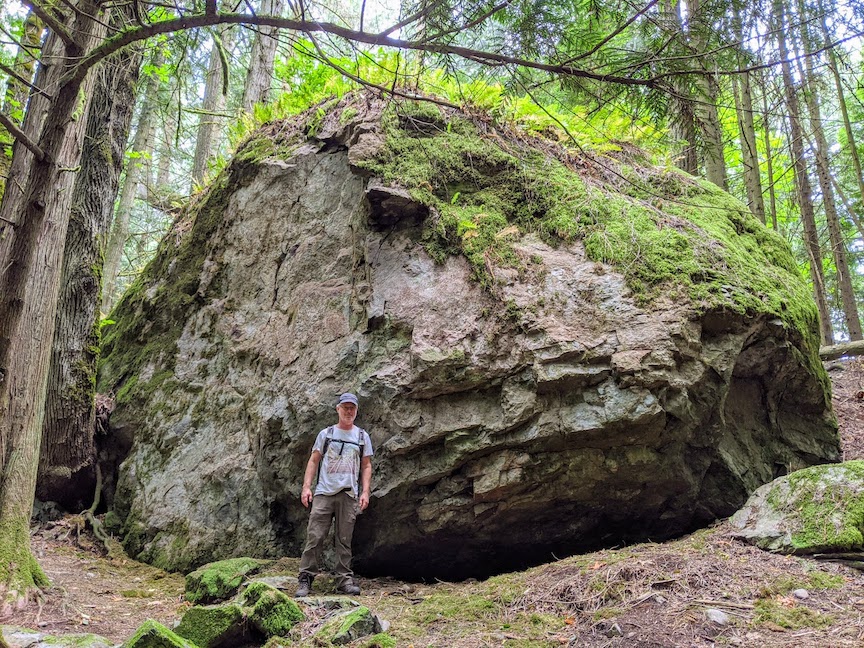
2023-07-08 Walk to the Rocks Field Trip
Geology of Tamanowas Rock and Peregrines Rock, Chimacum, WA On Saturday, July 8, 2023, several QGS geologists led a 4-mile, 4-hour hike (12 PM—4 PM) from HJ Carroll County Park near Chimacum to the Tamanowas Rock Sanctuary, then up on top of Tamanowas Ridge to see Peregrine’s Rock. The elevation gain on the walk is about 300 ft. This is a repeat of our 2022 trip and includes a 13-page illustrated guidebook. The upper part of the trail is moderately difficult but slow paced and the hike is tailored to agile citizen scientists who are knowledgeable about basic geologic principles and vocabulary…. Read more2023-07-08 Walk to the Rocks Field Trip
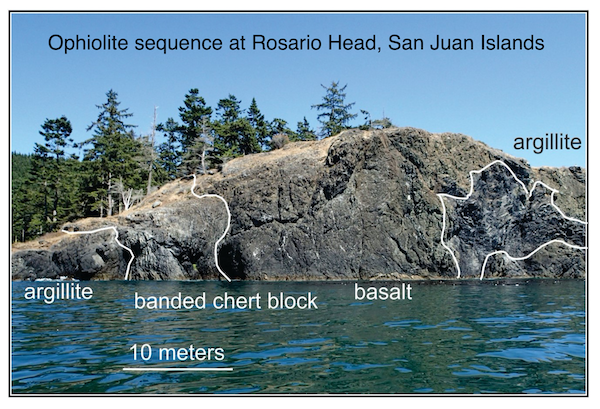
2023-10-14 John Oldow – Subducted terrane exposed on Fidalgo Island
Fidalgo Ophiolite Revisited: A chaotic assemblage of ophiolitic blocks deposited in a matrix of mudstone, sandstone, and basalt flows overlain by deep-water turbidites derived from a volcanic arc – John S. Oldow, Whidbey Island The Lecture It has long been thought that an intact ophiolite had accreted to North America and was preserved on Fidalgo Island in the San Juan Islands, just north of Port Townsend. (An ophiolite is a slab of oceanic crust and underlying mantle rock.) These ophiolitic rocks are on spectacular display along the coast of Fidalgo Island, including in Deception Pass State Park, the most-visited state park… Read more2023-10-14 John Oldow – Subducted terrane exposed on Fidalgo Island
2023-10-19 Great Shake Out
Many citizens will be practicing for the Big One on October 19th. Here is shake map and shake scale models resulting from a 7.4 event on the South Whidbey Island Fault. Full article with description of projected damages is found at https://earthweb.ess.washington.edu/gomberg/ShakeMap/ShakeMaps.html
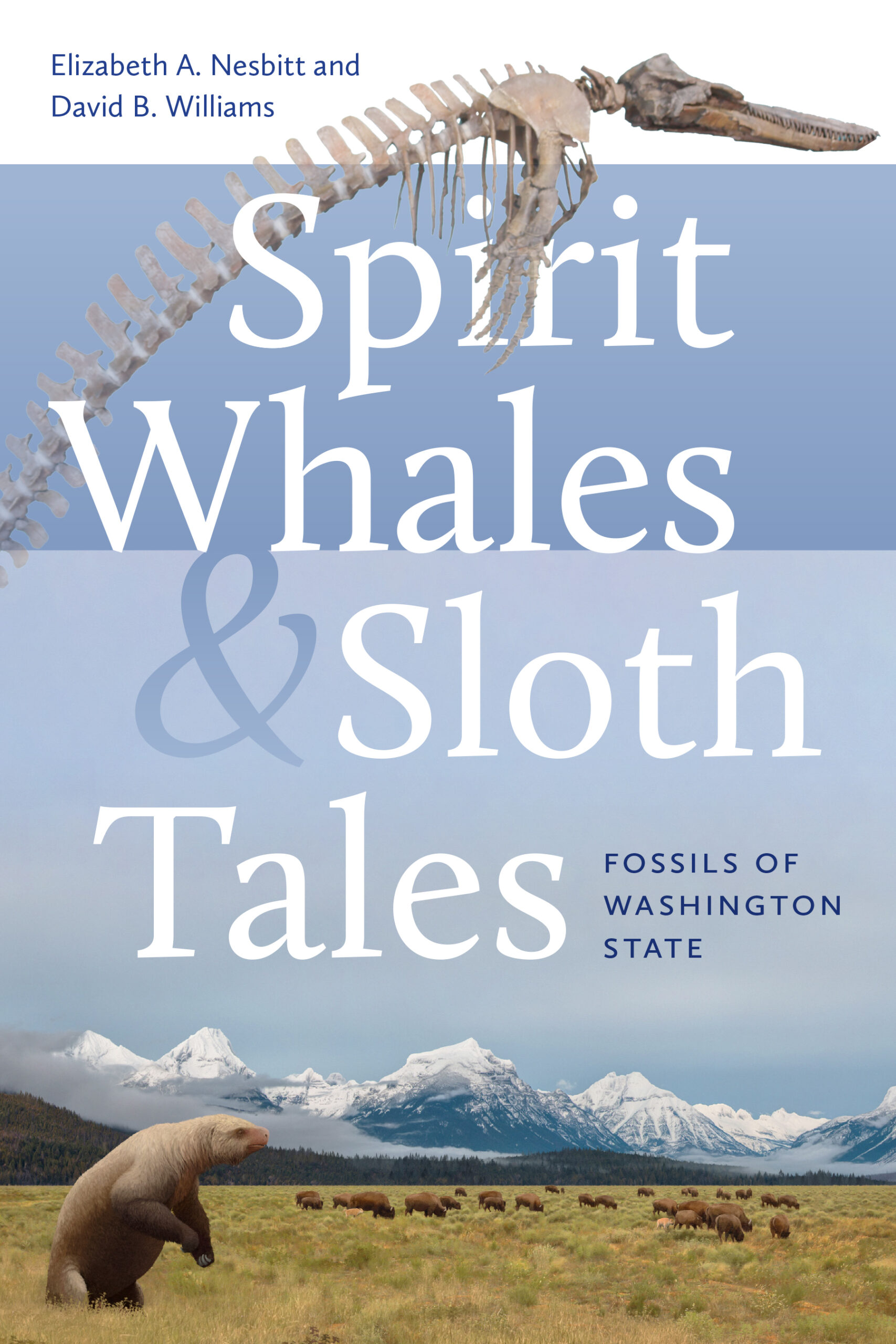
2023-11-11 Washington’s fossils—Nesbitt and Williams
SATURDAY NOVEMBER 11, 2023 Co-authors Elizabeth Nesbitt and David B. Williams discussed their new book, Spirit Whales and Sloth Tales: Fossils of Washington State. They provided background on what inspired them to write their book on fossils in Washington state, why they chose the fossils they did, and some of the new science that has allowed paleontologists to tease out the 500-million-year long story of life in this region. They connected the geology with fossils and illustrated how/why we have certain fossils, such as those brought in on accreted terranes and where our oldest fossils are located. On Sunday, November… Read more2023-11-11 Washington’s fossils—Nesbitt and Williams
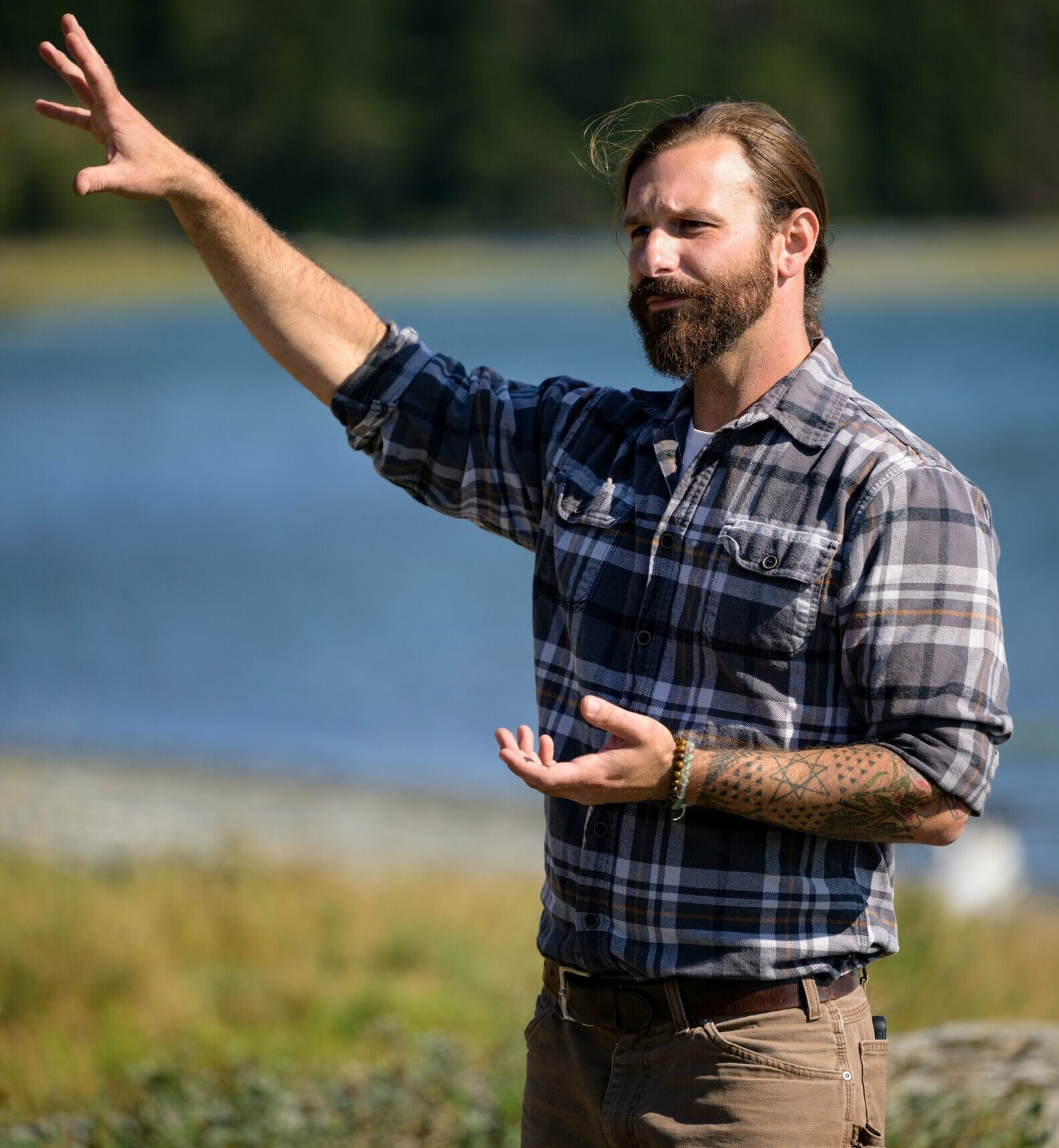
2023-12-09 David Brownell—Drainage evolution of the Dungeness River
The Lecture David Brownell, Executive Director of the North Olympic History Center, discussed the shifting “paleochannels” of the Dungeness River and established an environmental and anthropological framework to reach a better understanding of the history of the Dungeness River since the end of the last ice age. During the last glacial epoch, the Dungeness River discharged its alluvium and built a large depositional complex that extends from the mountain front at Bell Hill north to and including the Dungeness Spit, an intriguing feature on its own (see side image). We looked at archaeological, geological, and other evidence to “recreate” the… Read more2023-12-09 David Brownell—Drainage evolution of the Dungeness River
